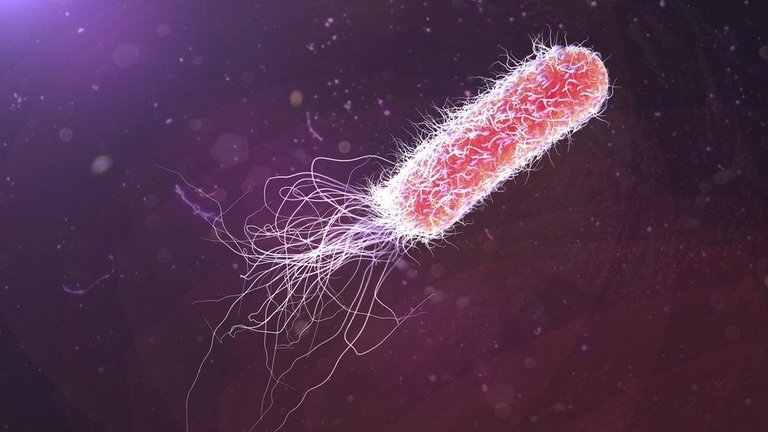
What is a bacterial flagella?
It is so small that even under a powerful microscope it is difficult to discern. It can be compared to a mounted outboard motor. Of the different flagellum species (Latin flagellum), bacterial flagella are probably the best studied. Attached to the wall of the bacterial cell, the flagella rotates, causing the microorganism to move forward or backward, stop and change direction. It is noticed that flagella of this or that species is present in half of all known bacteria.
Scientists are surprised that the thinnest bacterial flagella collects itself in a clear sequence, so that all its 40 parts exactly match and function properly. Instructions for building a bacterial flagellum and its engine are stored in the DNA of a bacterium or other microorganism. This bacterial motor consists of approximately 40 proteins comparable to those of a conventional rotary engine. And all this molecular mechanism is going to itself in just 20 minutes!
"The bacterial flagellum is a molecular motor that rotates at a speed of 6,000 to 17,000 rpm. And what is especially surprising is that it literally takes a quarter of a turn to stop, change direction and then rotate the other way at a speed of 17,000 rpm "(The Evolution Controversy). In the journal New Scientist, the bacterial flagellum was referred to as "a vivid example of a complex molecular aggregate - an intricate nanomachine, which can not be compared with that invented by humans."
Could such a miracle of engineering art be absorbed as a result of evolution?
And what do you think?
The more you know....